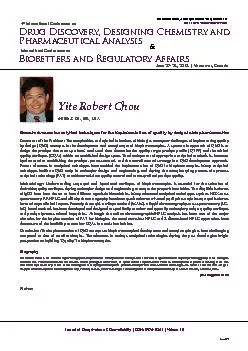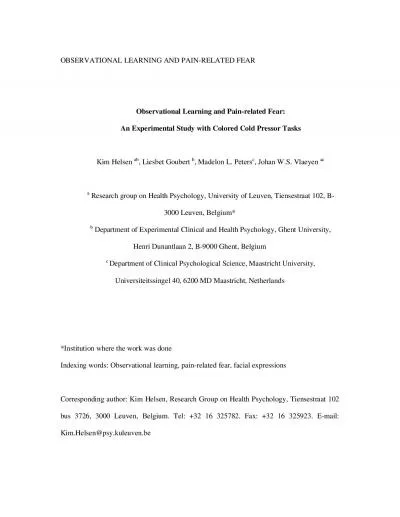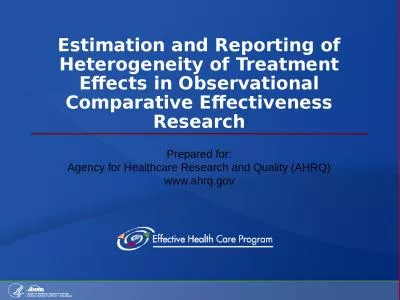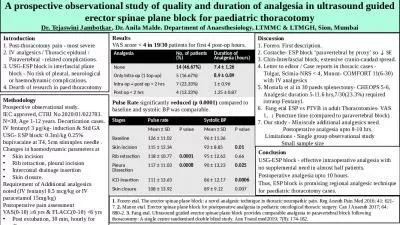PPT-Study Design Analytical Observational Studies
Author : davis | Published Date : 2022-05-14
Analytical Observational Studies The purpose of an analytic study in epidemiology is to identify and quantify the relationship between an exposure and a health outcome
Presentation Embed Code
Download Presentation
Download Presentation The PPT/PDF document "Study Design Analytical Observational St..." is the property of its rightful owner. Permission is granted to download and print the materials on this website for personal, non-commercial use only, and to display it on your personal computer provided you do not modify the materials and that you retain all copyright notices contained in the materials. By downloading content from our website, you accept the terms of this agreement.
Study Design Analytical Observational Studies: Transcript
Download Rules Of Document
"Study Design Analytical Observational Studies"The content belongs to its owner. You may download and print it for personal use, without modification, and keep all copyright notices. By downloading, you agree to these terms.
Related Documents














